Exact Answer: 1-2 weeks
A sexually transmitted disease ( or STD) that is seen in both men and women, chlamydia affects the human body due to a bacterium called chlamydia trachomatis. This disease is passed on through unprotected sex – be it vaginal, oral, or anal. Another means of transmission is the usage of sex toys that are also being used by an infected person.
If a pregnant woman is infected with chlamydia, she may transfer it to her child during the pregnancy, causing the child to contract pneumonia on birth and complicating or even preventing further pregnancies. However, it is not possible to contract chlamydia by kissing, hugging, or sharing towels with an infected person.
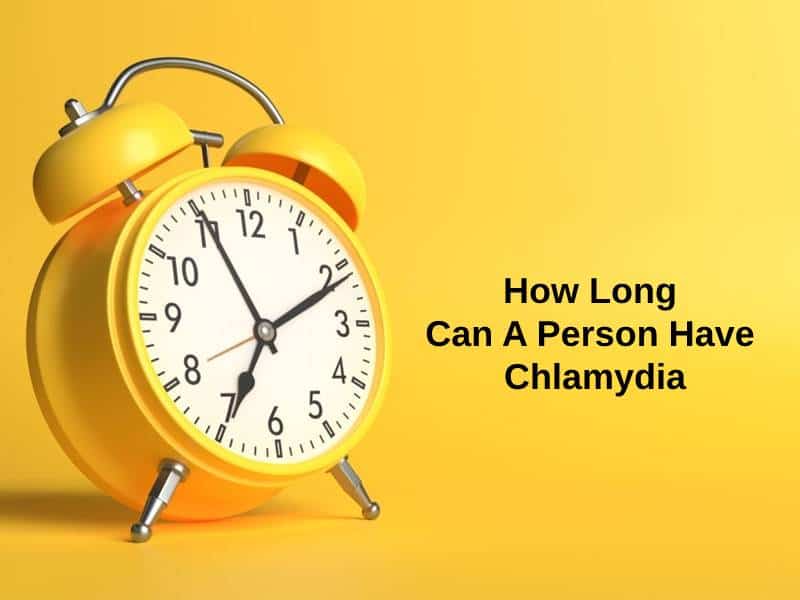
How Long Can A Person Have Chlamydia?
| Duration of the disease (in days) | |
| Majority of cases, (with no complications) | 7 |
| Rare cases (with complications) | 14 |
People may contract chlamydia without displaying any of its symptoms. However, this does not mean it is not infectious. With treatment, chlamydia is cured in 7 days and in some cases, in 14. Usually, symptoms that you have contracted chlamydia may show up on your body from 1 to 3 weeks after transmission or they may not appear altogether. Men should lookout for the following symptoms of the disease –
- Burning sensation during urination
- Cloudy or clear discharge from the penis
- Burning and itching sensations in/around the penis
- Pain and/or swelling around testicles
Likewise, women should like out for the following symptoms –
- Abnormal vaginal discharge (which may smell)
- Bleeding between periods
- Abdominal pain accompanied by fever
- Pain during sex
- Painful urination
- Burning and itching sensations in/around the vagina
Interestingly, even though chlamydia is an STD, it may show up in your throat or eyes too. While there are no symptoms when there is chlamydia in your throat, when in the eyes, you may experience redness, pain, and discharge from them.
Women under the age of 25 and older women with risk factors are more susceptible to this disease. Pregnant women, if undiagnosed, may have a great risk of their health and that of their baby’s. Thus, you must test somewhat regularly for chlamydia, especially if you have an active sex life. If you are worried you may have chlamydia or if your sex partner(s) got diagnosed with chlamydia, then you must discuss getting the test with your healthcare provider.
For the test, a urine sample may be taken or the doctor may take a swab from the symptomatic area.
Why Does A Person Have Chlamydia For That Long?
Chlamydia takes 1-2 weeks to be cured with treatment. It is relatively pretty easy to treat chlamydia. It can be cured by antibiotics since it is caused by bacteria. In most cases, the physician may prescribe you one large dose of the antibiotic Azithromycin. They may otherwise prescribe Doxycycline which must be taken twice a day for an entire week.
According to your medical situation, your health practitioner may prescribe you an antibiotic. The important thing is to carefully follow the doctor’s instructions to be sure that the infection is fully cured. Even with single-dose medications, this might take up to 14 days to happen. Meanwhile, it is essential to stop any sexual activity with another person. As your infection may take 7-14 days to clear up, there is a risk of transmitting it if you engage in sexual activity during that period.
While chlamydia is cured easily, it is quite possible to contract it again. Therefore, depending on your doctor’s advice, you should get checked regularly for it.
It is very important to take chlamydia seriously and get it treated as soon as possible. If left untreated, it may cause long-term health complications, especially in women. In men, the infection may spread to the prostate gland or epididymis (tube holding testicles in place). In women, PID can occur as a result of chlamydia, leading to uterus damage or scarring of fallopian tubes, causing the woman to become infertile. It may also cause women to face difficult pregnancies.
Conclusion
The best way to prevent chlamydia for a sexually active person is to practice safe sex. This means using a condom with every new partner, getting tested regularly for STDs with new partners, and using dental dams during oral sex. You can protect yourself and your partner by being open about getting tested and using protection.
Always follow your doctor’s advice and prescription. Be honest about your situation to get proper treatment. In this way, chlamydia will not lead to any debilitating conditions in either men, women, or non-binary people.

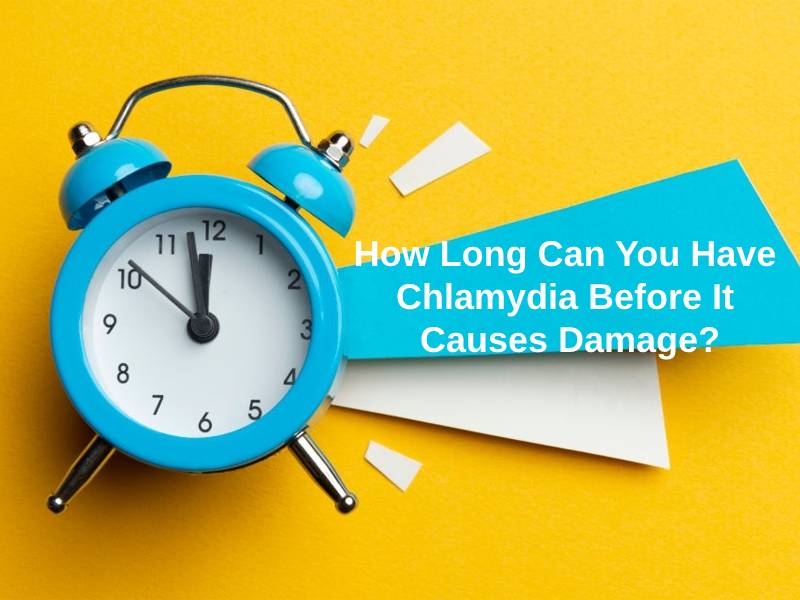

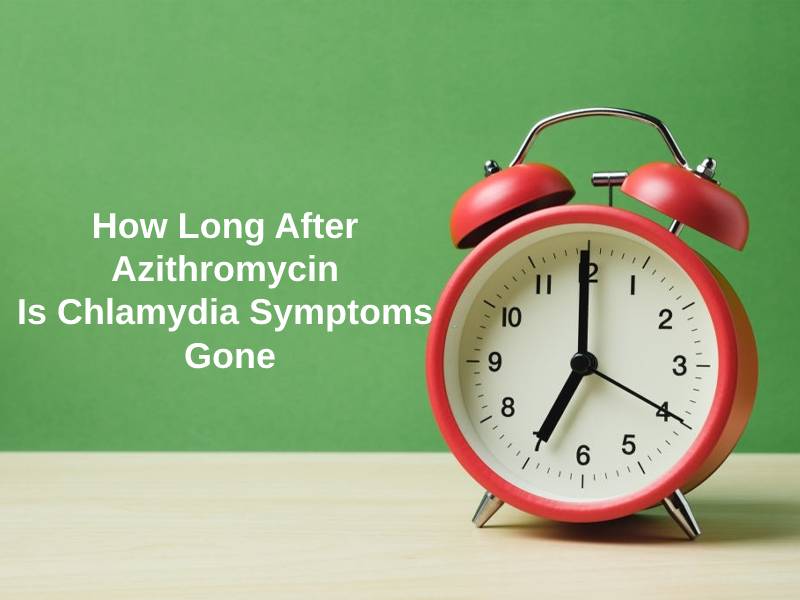
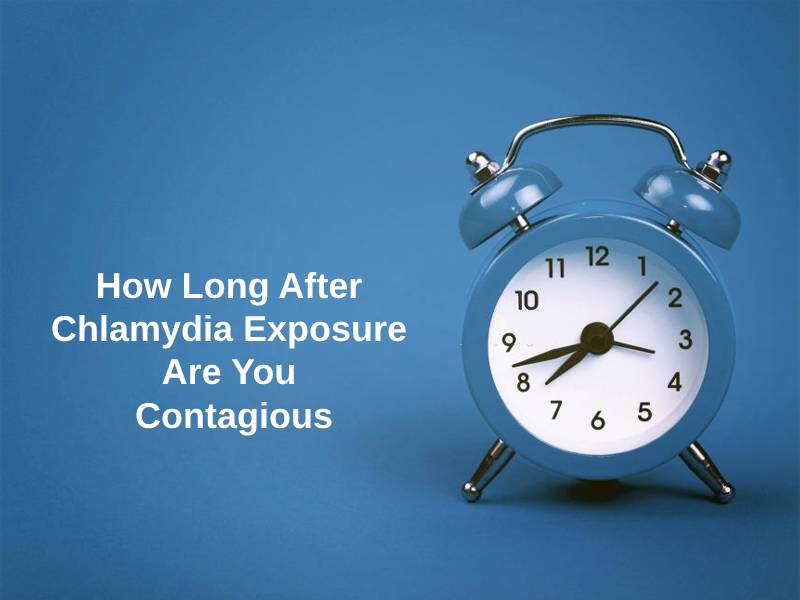
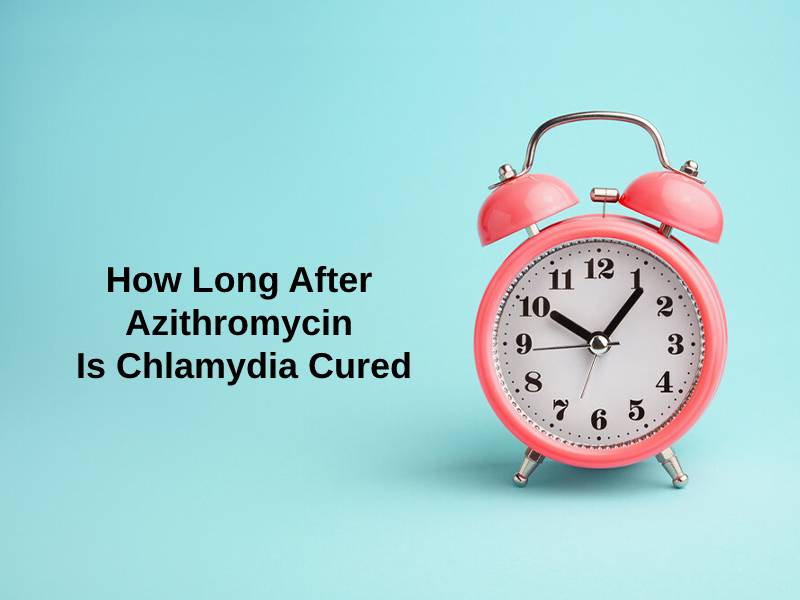


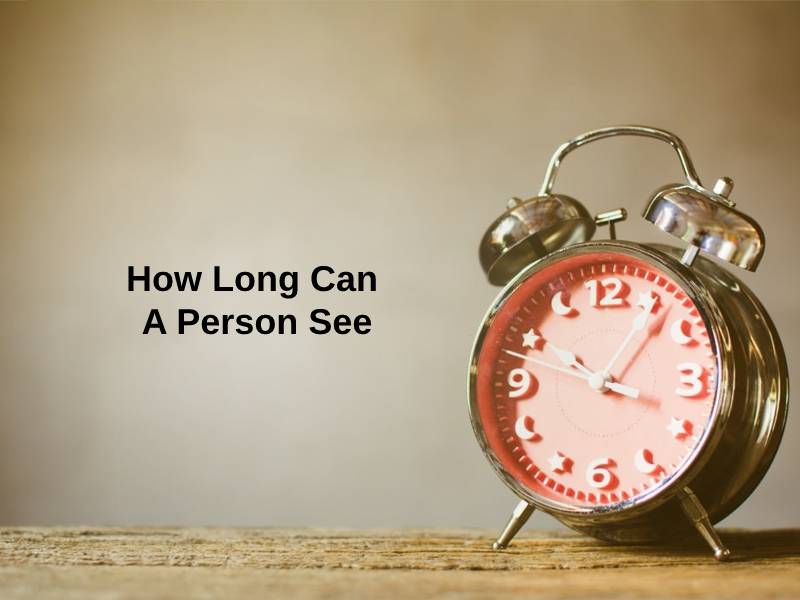
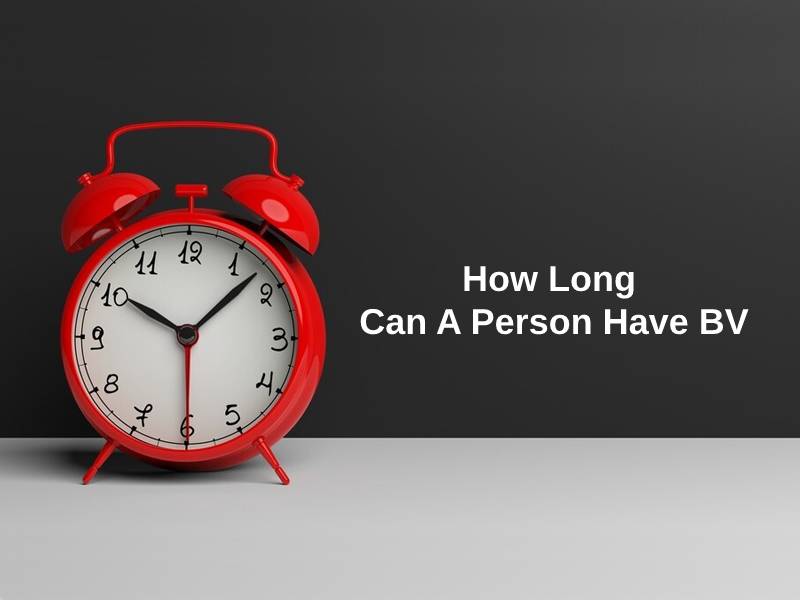
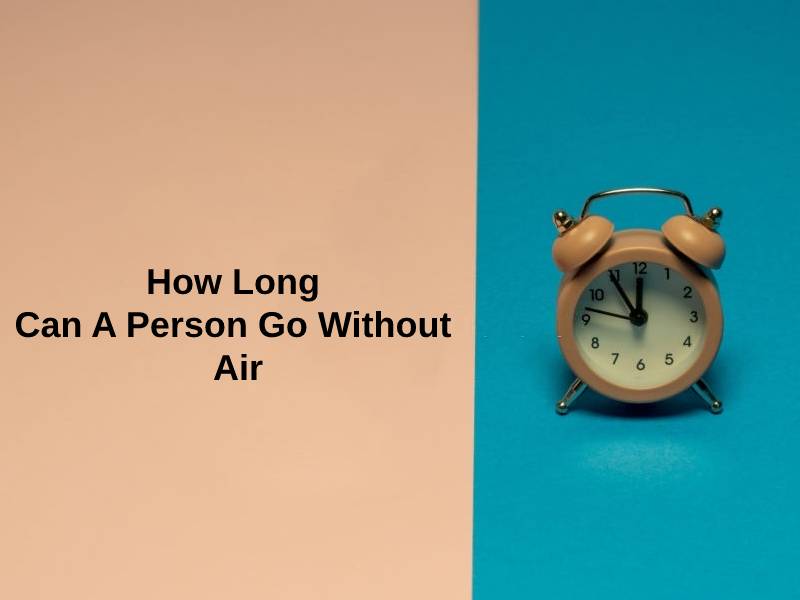
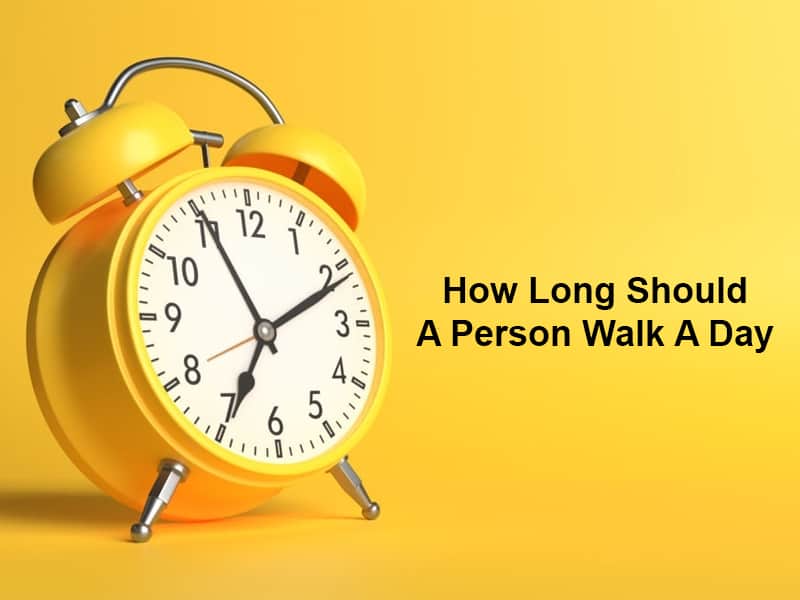
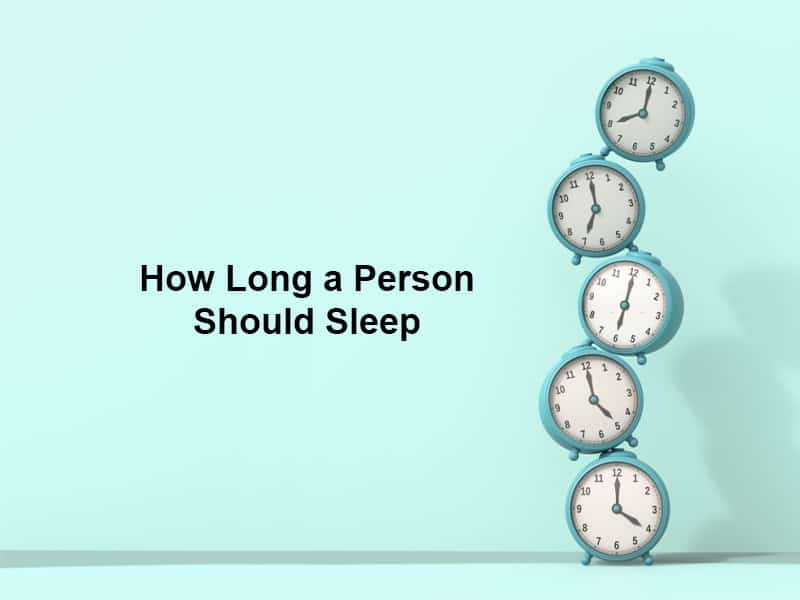
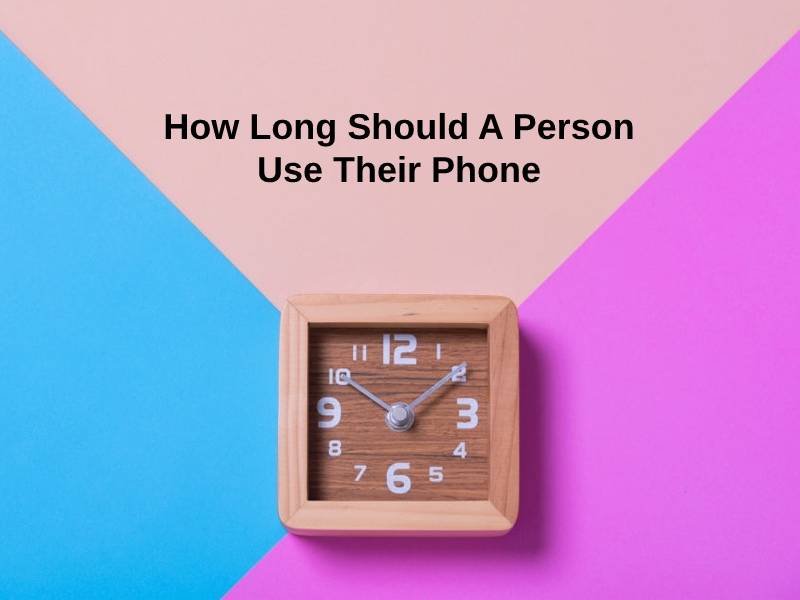

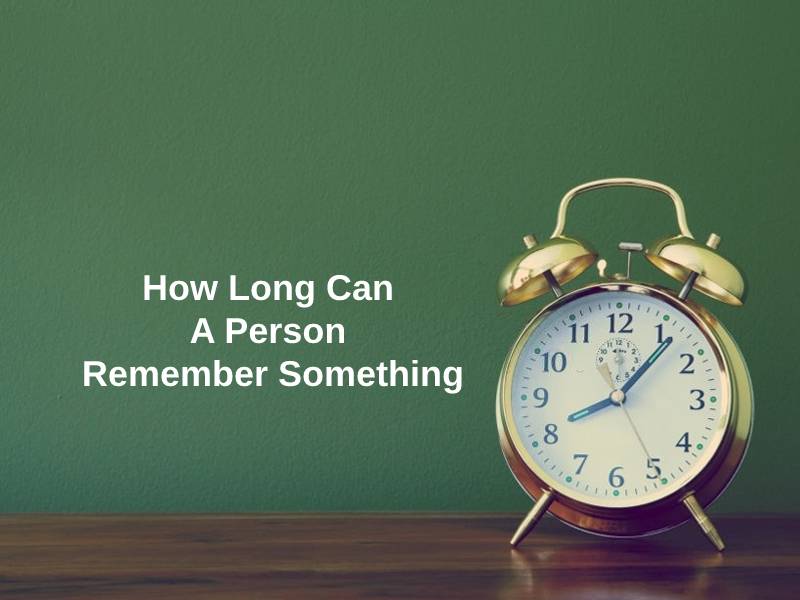
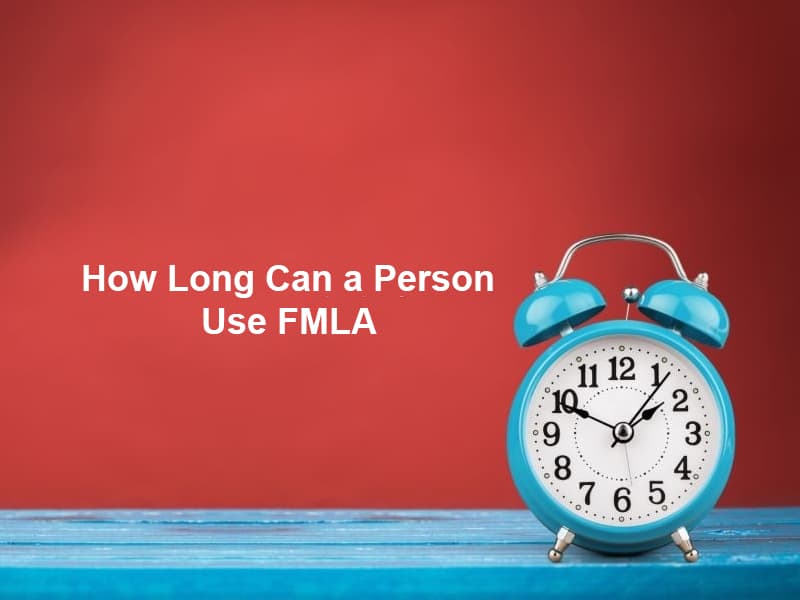
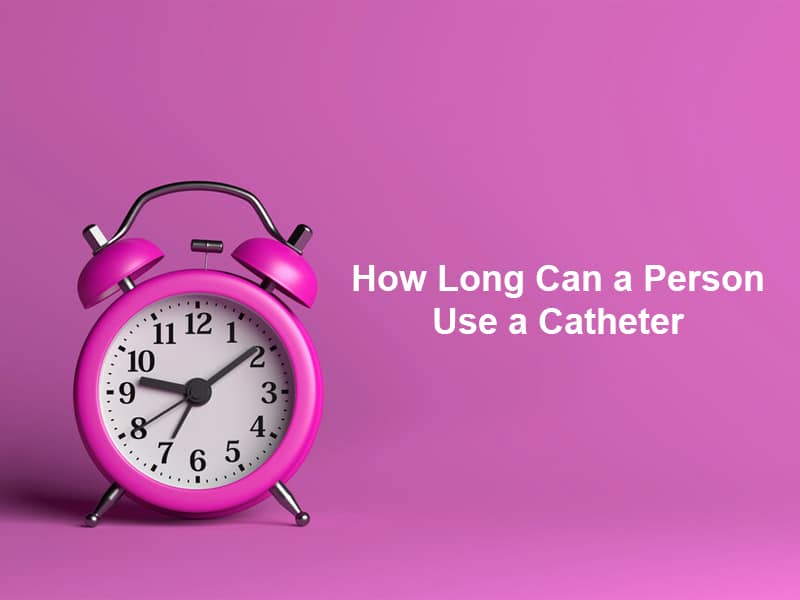

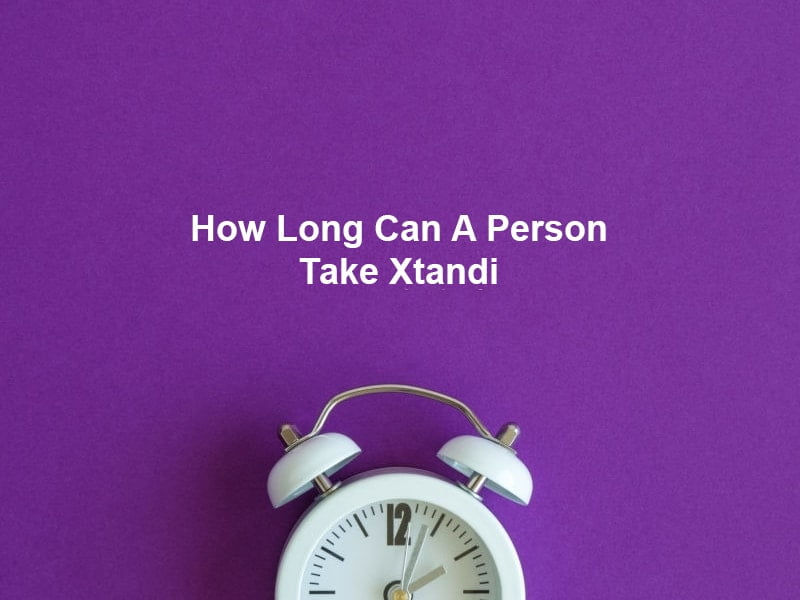
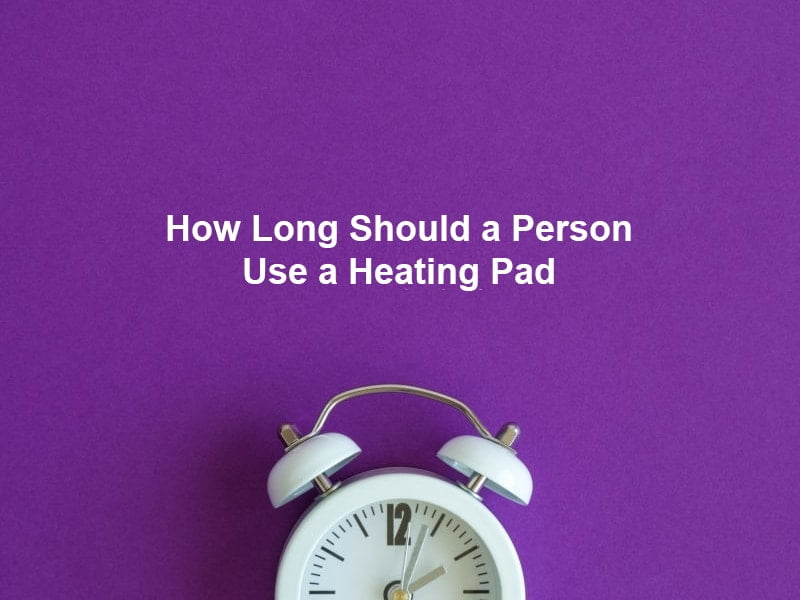
It’s important to be honest about our sexual health and take necessary precautions. This article highlights the significance of open communication and responsible actions.
I couldn’t agree more, Evans Archie. Open dialogue and preventive measures are crucial in addressing chlamydia.
We must remain vigilant about our sexual health and encourage others to prioritize testing and protection.
It’s concerning to learn how long chlamydia can last and the complications it can lead to. We should all be more responsible and take precautions to prevent it.
This is indeed a serious matter. Let’s spread awareness to protect others from chlamydia.
I completely agree, Lloyd Alex. This is a wake-up call for everyone to practice safe sex.
The information in this article is eye-opening. I appreciate the detailed explanation to raise awareness about chlamydia.
I find it alarming how easily chlamydia can spread and the severe consequences it can have. We must prioritize preventing it.
We should all take responsibility for our health and protect ourselves and others from chlamydia.
I share your concerns, Lewis Stefan. It’s crucial to raise awareness and encourage testing and safe sex practices.
This article offers valuable information about chlamydia and its treatment. It’s crucial to know how long this disease can last and how to prevent it. I appreciate the detailed symptoms descriptions and helpful tips.
Thank you for sharing this. It’s important to raise awareness about STDs like chlamydia.
I agree with you Nmorris, this is a very informative post. The more we know about a disease, the better we can protect ourselves from it.
The article conveys a crucial message about the severity of chlamydia and the importance of safe sex practices. We need to take this seriously.
Absolutely, Ncook. The more we educate ourselves and others, the better we can protect against chlamydia.
This article offers comprehensive information on chlamydia symptoms and treatment. We must raise awareness and take proactive steps to prevent the spread of STDs.
Absolutely, Williams Henry. The more we know, the better we can protect ourselves and others.
This article emphasizes the importance of early testing and treatment for chlamydia. It’s crucial to follow the doctor’s advice and prevent long-term health complications.
You’re absolutely right, Khan Jack. Early detection and treatment are key to preventing severe consequences of chlamydia infection.
Thank you for sharing this valuable information. We need to prioritize our health and well-being.
The article provides a clear understanding of the symptoms and treatment of chlamydia. It’s important to know how to handle it properly.
I completely agree, Wilkinson Ashley. This information is valuable for everyone’s health.
The implications of untreated chlamydia are severe. This article highlights the importance of ongoing testing and preventive measures to safeguard our health.
We need to prioritize our sexual health and educate others about the risks of chlamydia. This article provides valuable insights.
I share your concerns, Samantha51. Let’s work together to promote awareness and encourage early testing.